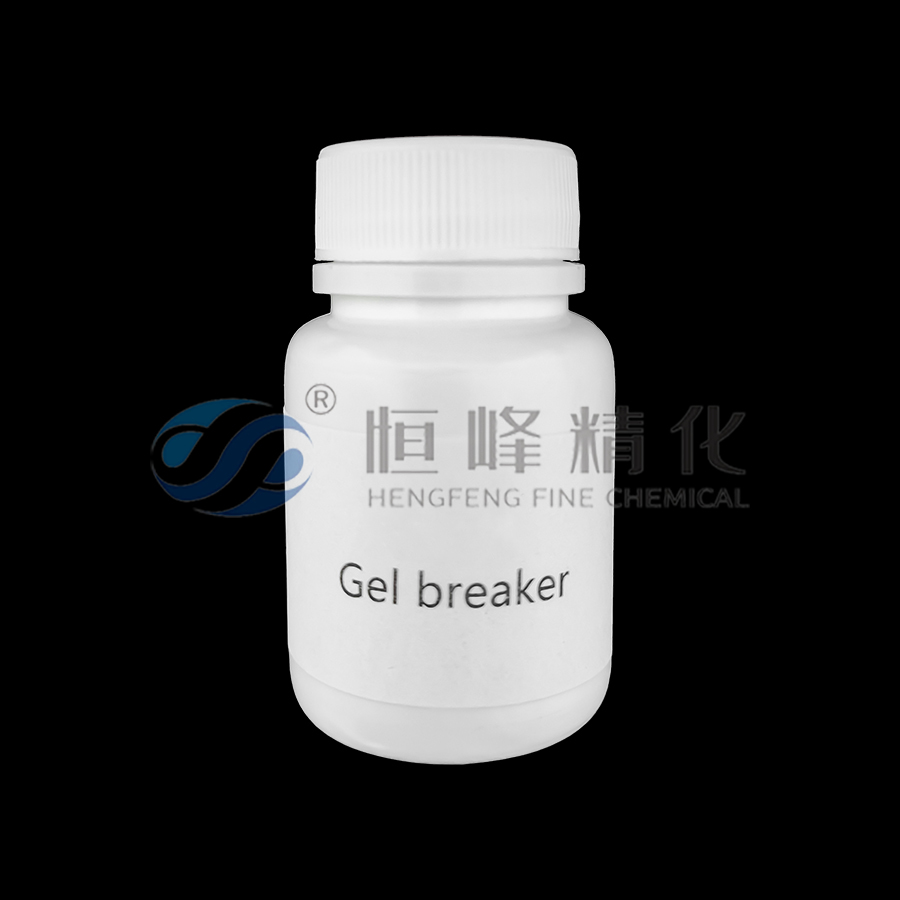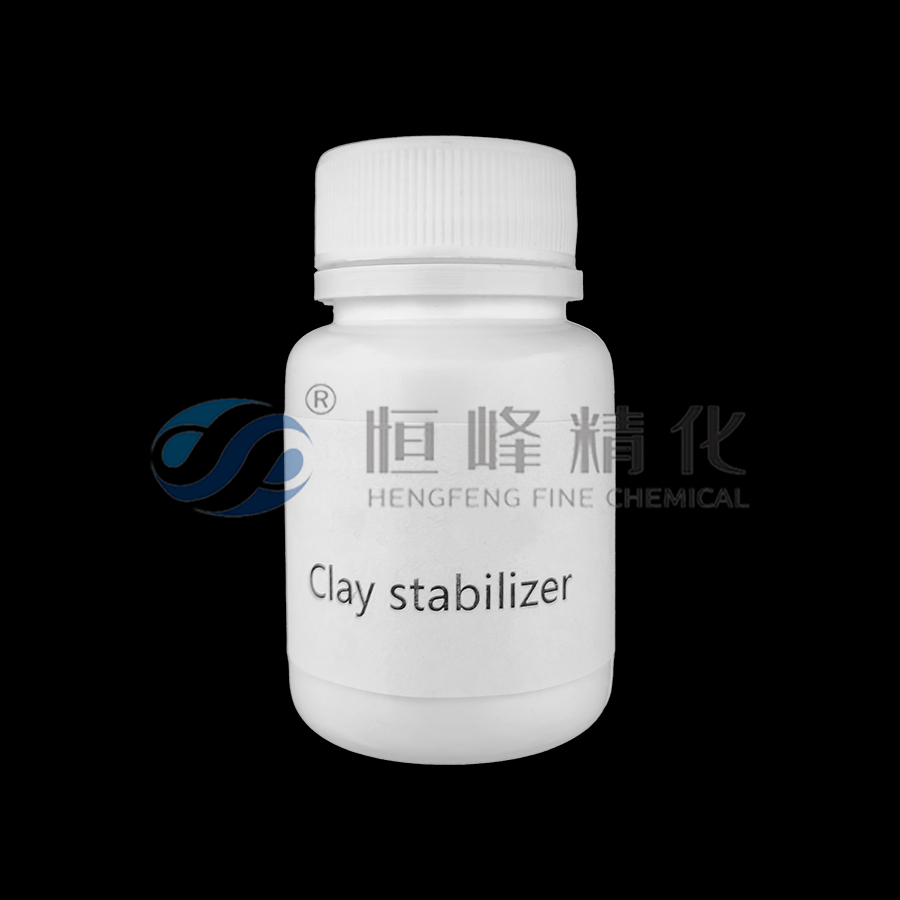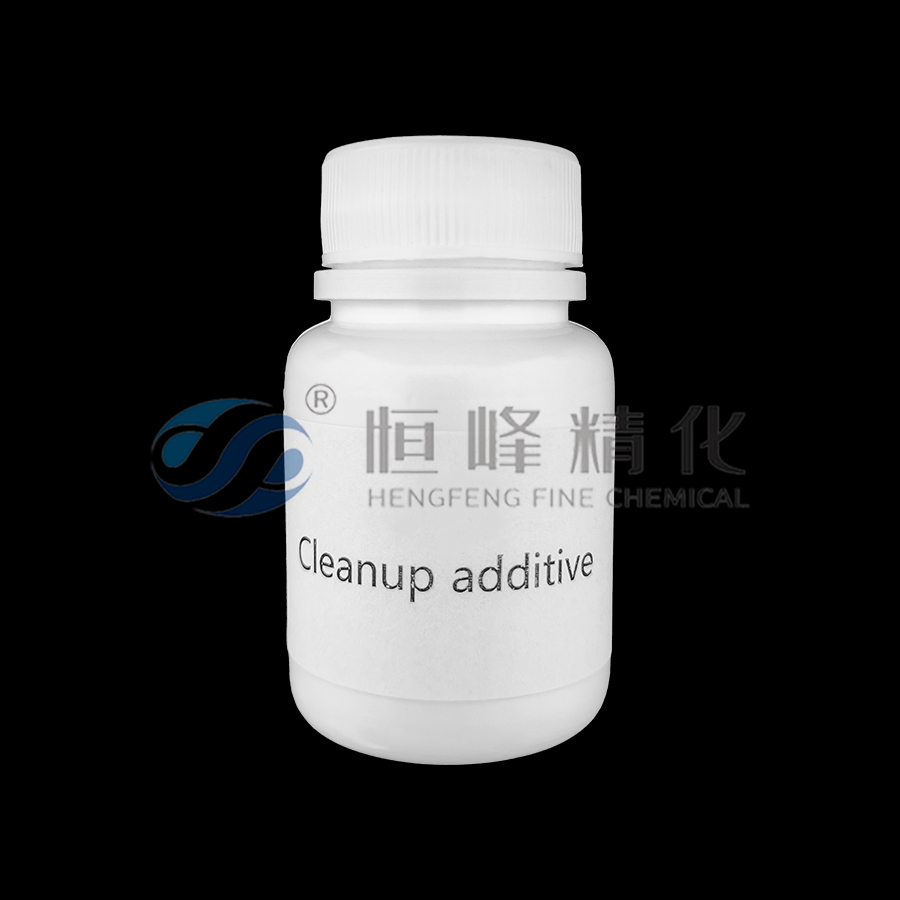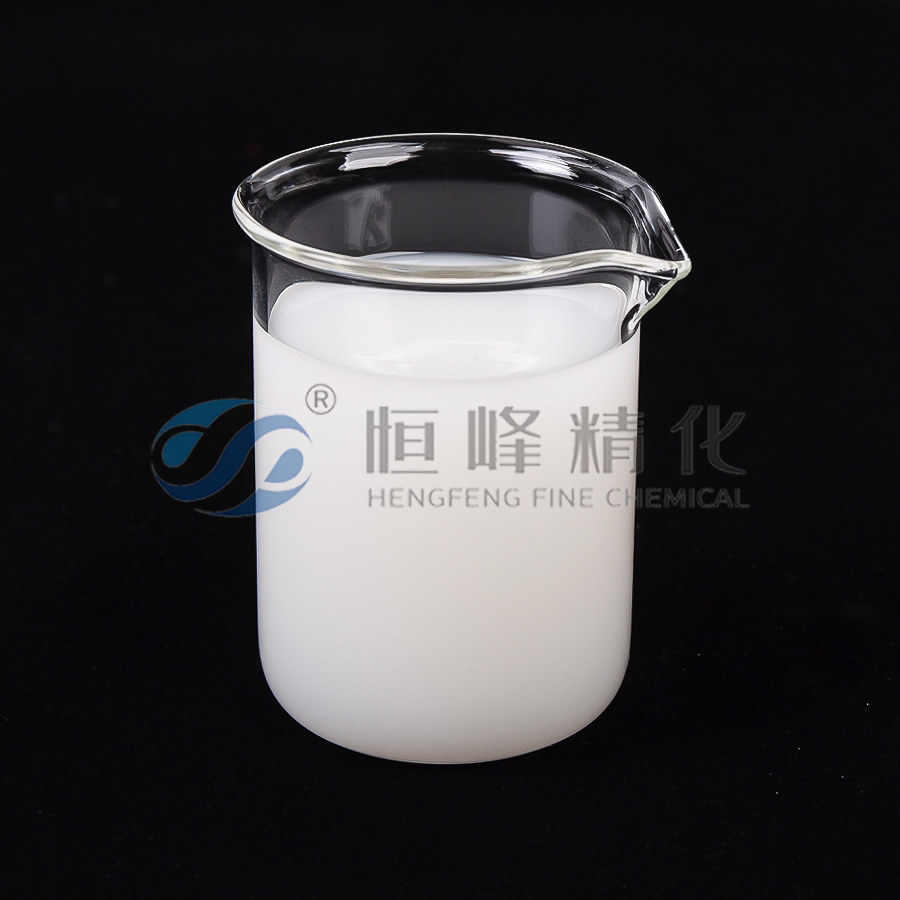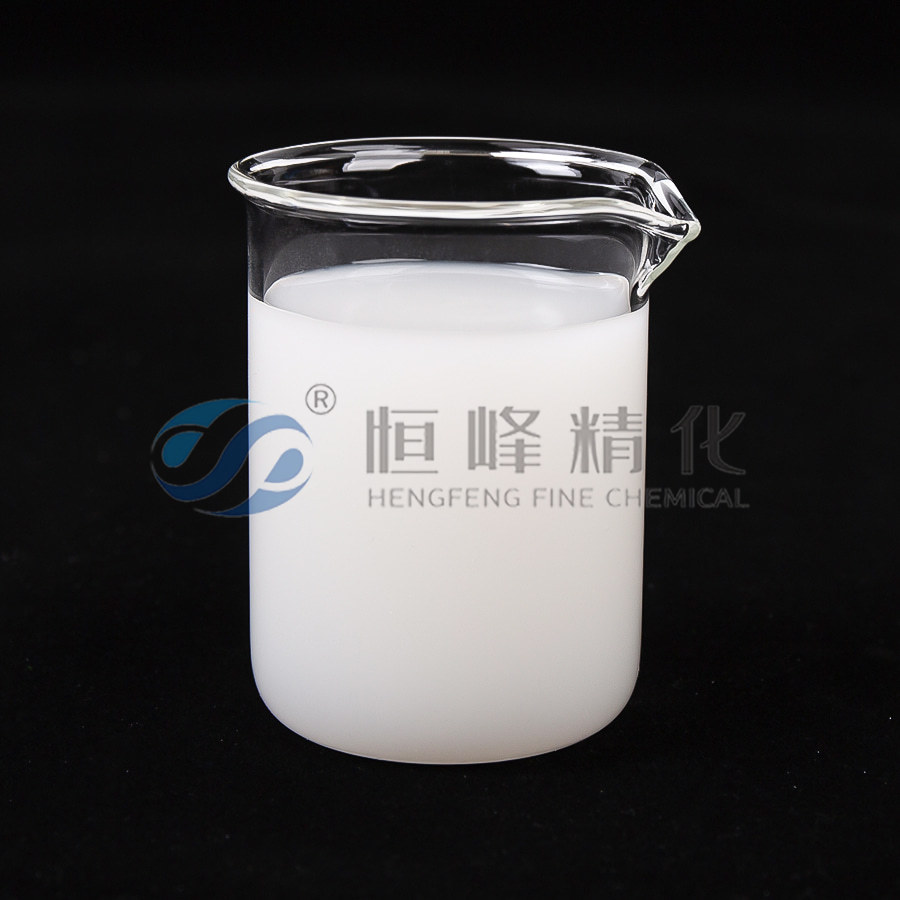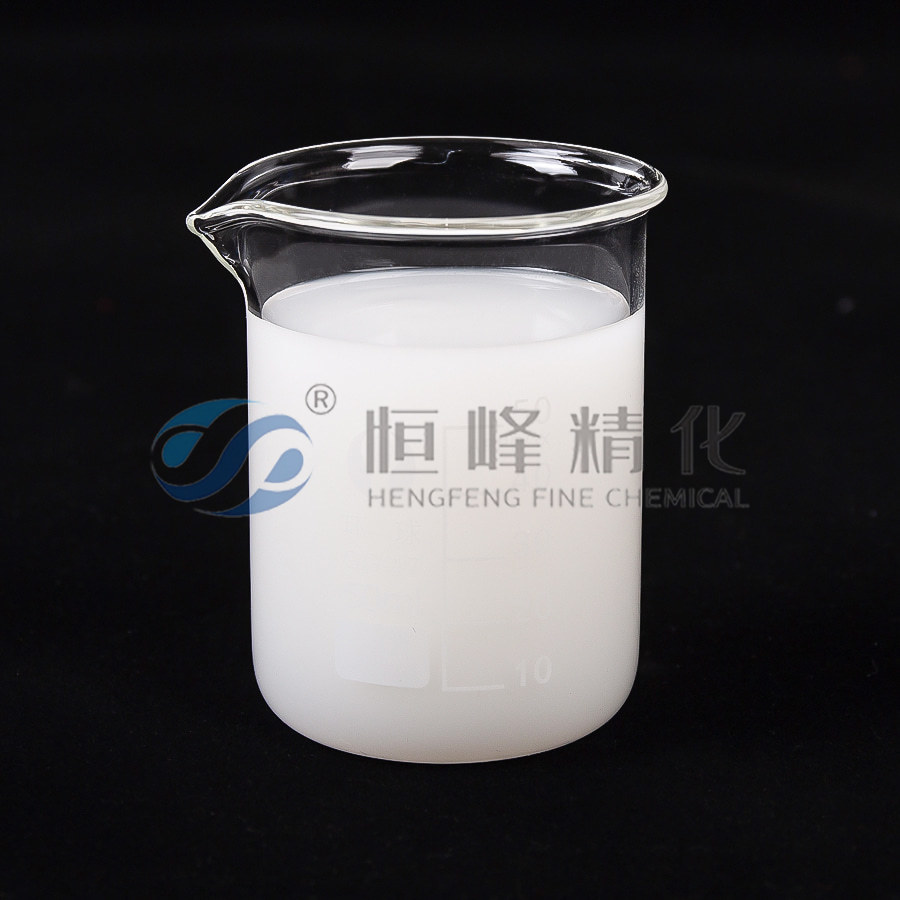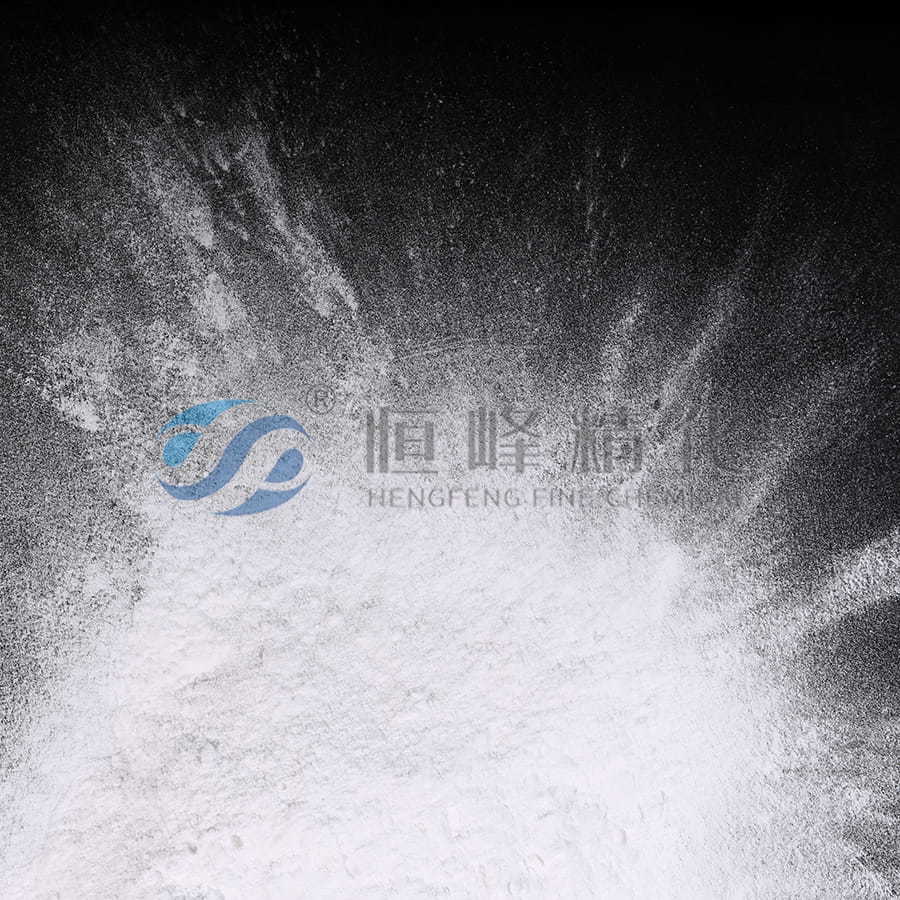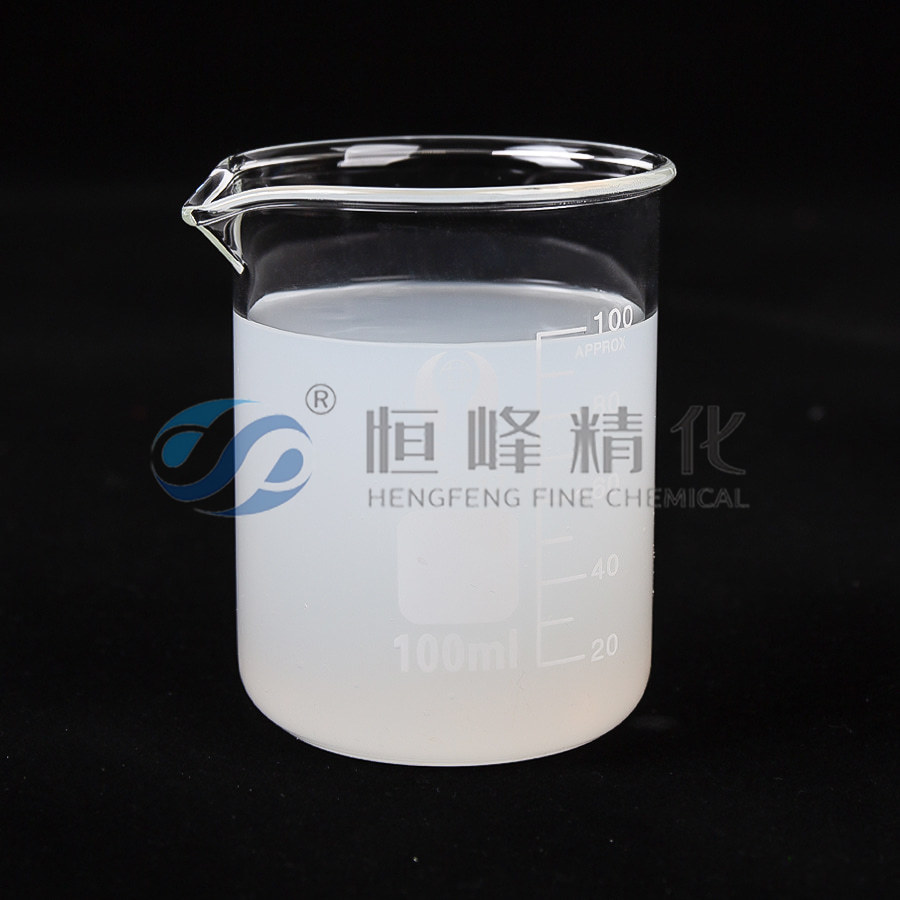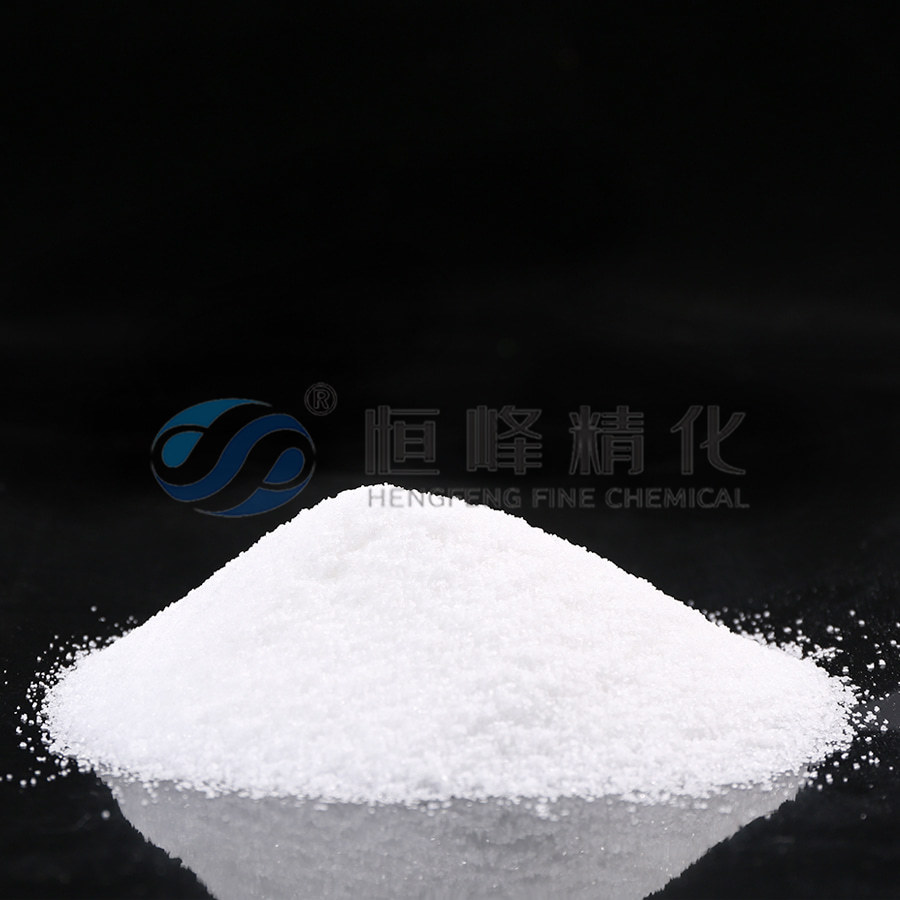Understanding Molecular Weight and Charge Density in Paper Making Retention Aid Performance
In modern papermaking, achieving optimal retention is a balancing act of chemistry and engineering. A key factor that determines how well a paper making retention aid performs is its molecular weight and charge density. These two properties govern how the retention aid interacts with the furnish, impacting everything from filler retention to drainage and sheet formation. While retention aids may seem like a simple additive, their chemical characteristics can dramatically influence the efficiency of the entire papermaking process.
Molecular weight refers to the size of the polymer chains in the retention aid, and higher molecular weight typically means longer chains that can bridge more particles together. This bridging mechanism is essential for floc formation, which helps trap fine particles and fibers in the sheet. However, bigger isn’t always better. Extremely high molecular weight polymers may be too slow to dissolve or might create overly large flocs that disrupt sheet uniformity. Therefore, choosing the right molecular weight for a specific system is critical—it needs to align with machine speed, furnish composition, and paper grade requirements.
Charge density, on the other hand, determines how strongly the polymer is attracted to negatively charged particles in the furnish. In general, paper making retention aids are cationic, meaning they carry a positive charge. The higher the charge density, the more aggressively the retention aid binds to fibers and fillers. This enhances retention but may lead to conflicts with other wet-end additives if not properly balanced. A moderate charge density often provides a good compromise between efficiency and compatibility, especially in systems with complex chemistries.
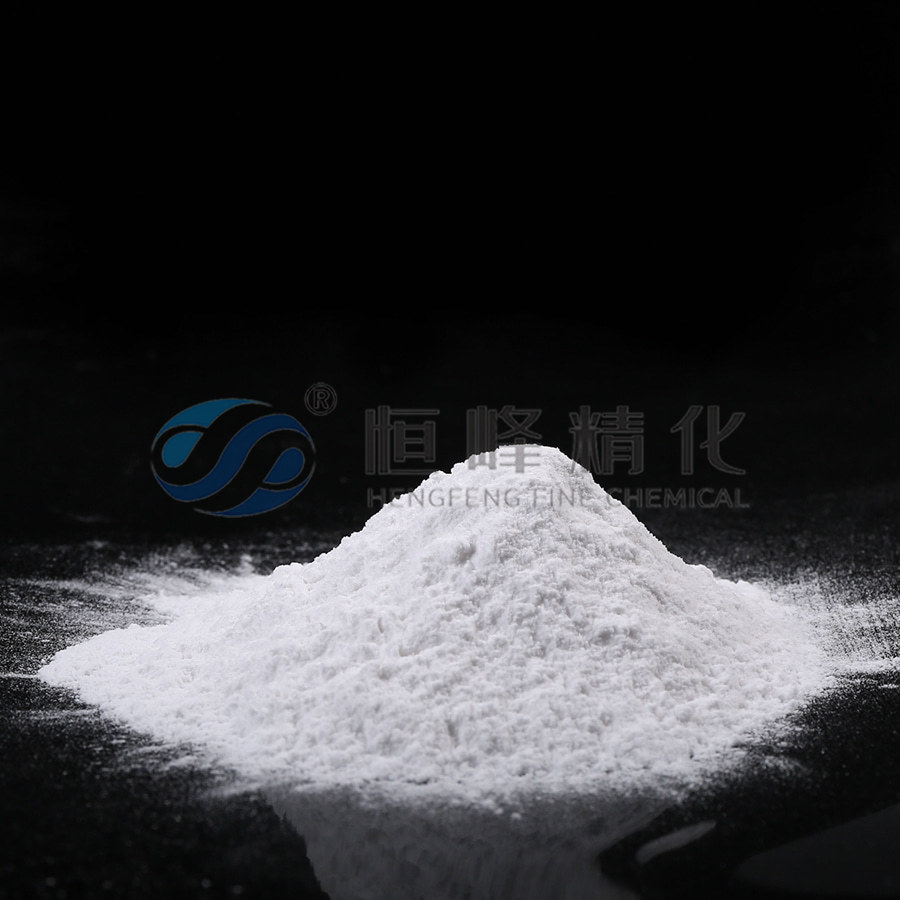
Interestingly, the interaction between molecular weight and charge density is not linear. A high molecular weight polymer with a low charge density may perform very differently from a medium-weight polymer with a high charge. Each papermaking environment—acidic or alkaline, recycled or virgin pulp—responds differently to these parameters. This is where the expertise of the supplier becomes invaluable. As a manufacturer with deep industry experience, we understand how to tailor paper making retention aid solutions to meet specific operational needs.
It’s also important to consider that the performance of a retention aid is not isolated. It works in conjunction with drainage aids, coagulants, and fixatives. An optimized combination based on correct molecular characteristics can significantly reduce chemical consumption, improve water recycling, and enhance overall machine cleanliness. In high-speed machines, where reaction times are short, the right molecular design can mean the difference between stable operation and frequent downtime.
We have seen many customers achieve measurable gains—stronger sheet formation, reduced ash loss, and more consistent machine operation—simply by switching to a paper making retention aid better matched in terms of molecular weight and charge profile. It’s not just about having a retention system; it’s about having the right one. Our formulations are developed with flexibility in mind, allowing customers to fine-tune performance without overhauling their existing systems.
In a competitive papermaking market where every margin counts, understanding and leveraging the science behind your retention aid can give you a real operational advantage. Whether you're optimizing for cost, quality, or sustainability, selecting the right polymer profile is a powerful step forward. Let us help you find a solution that delivers real results on your machine floor.


 English
English Español
Español عربى
عربى Русский
Русский Tiếng Việt
Tiếng Việt




